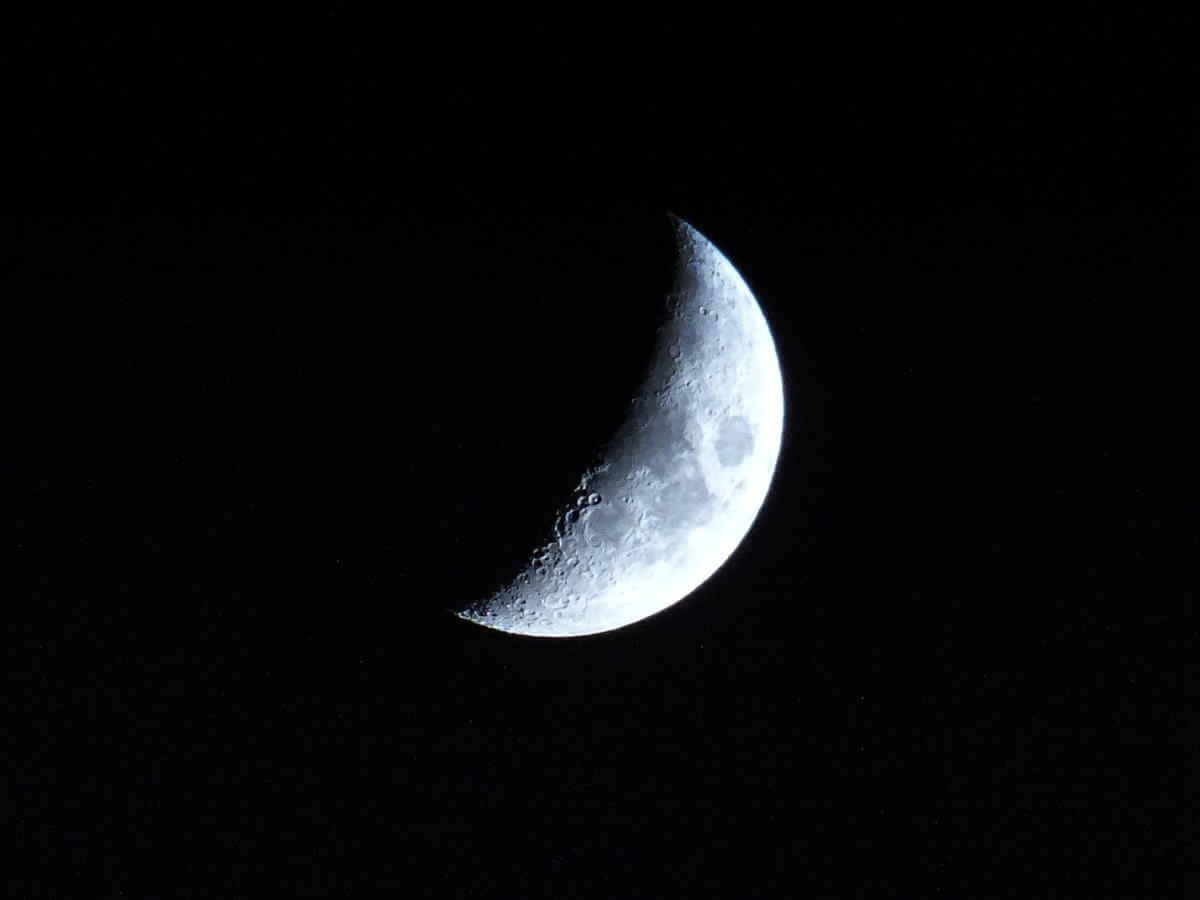In February this year, US Commerce Secretary Wilbur Ross announced the Trump administration’s intention to commercialise our galaxy and discussed turning the Moon into a ‘gas station for outer space’.
Is this even possible? Could the Moon be a place where future spacecrafts refuel?
The Science Behind It
As Secretary Ross pointed out, below the surface of the Moon lie ‘hundreds of feet of solid ice’. The plan to convert this ice into fuel involves breaking the ice down into hydrogen and oxygen and using them as a ‘propellant’. Scientifically, he’s not wrong. Burning hydrogen as fuel after it has been separated from water through electrolysis is a common procedure in space exploration today. You probably even did an experiment demonstrating this principle when you were in high school!
What’s amazing about this process is that when burning hydrogen rather than traditional petrol or gas, harmful pollutants or greenhouse gases are not emitted. Instead, the hydrogen reacts with the oxygen in the air to form water, making it a clean and renewable energy source. Furthermore, as the gravitational attraction on the Moon is much less than that experienced on Earth, less fuel would be needed to launch a spacecraft into outer space from its surface.
So, the science checks out. Using the Moon as a cosmic gas station would save a lot of money when it comes to space travel and pave the way for the greater commercialisation of space. What’s holding us back then?
The Policy Behind It
Whilst Secretary Ross covers the science pretty well, he’s still missing a few key points. For one, the Moon Agreement of 1979 outlines that no state can claim sovereignty over the Moon. This exists alongside the International Space Station Intergovernmental Agreement of 1998, which says that any space station positioned on the Moon can be accessed by any country. These agreements aren’t exactly conducive to fostering an environment that the private sector can commercialise.
And there is the issue of Space Law. We’ve already seen what happens when there are space accidents involving multiple parties. In 1978, the USSR’s nuclear powered Kosmos 954 satellite crash-landed in Canada. Even though the Soviet Union was ‘responsible’, there were no laws telling them they were ‘liable’ – meaning they weren’t legally required to pay Canada a cent of compensation. What would this mean if there was a potential large-scale disaster on the Moon? Countries and companies could use this loophole as a way of escaping their legal responsibilities on Earth.
Insurance companies could help this situation, as private insurance for outer space already exists. However, with science pushing the boundaries of what is capable for space exploration, such companies are becoming increasingly hesitant to insure against a growing number of uncertain possibilities and potential accidents in space.
Looking Ahead
So, will the Moon become a ‘gas station’ for outer space? I don’t have the answers to this question, and quite frankly, neither does the UN. It’s been argued by many that we’ll simply ‘cross that bridge when we get to it’. But with the US’ ambitions to expand their dominance in space through private sector commercialisation – which is indeed the most cost-efficient way of developing space technology – the right legal frameworks are first needed to help with the commercialisation process. What will come first, the chicken or the egg?
We acknowledge the Ngunnawal and Ngambri people, who are the Traditional Custodians of the land on which Woroni, Woroni Radio and Woroni TV are created, edited, published, printed and distributed. We pay our respects to Elders past and present. We acknowledge that the name Woroni was taken from the Wadi Wadi Nation without permission, and we are striving to do better for future reconciliation.
